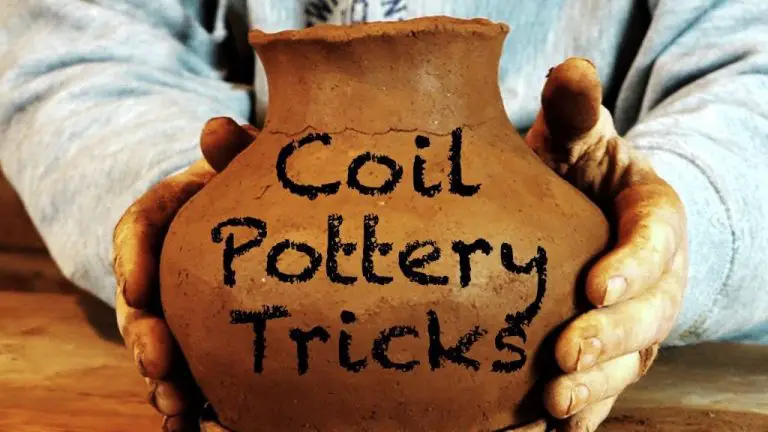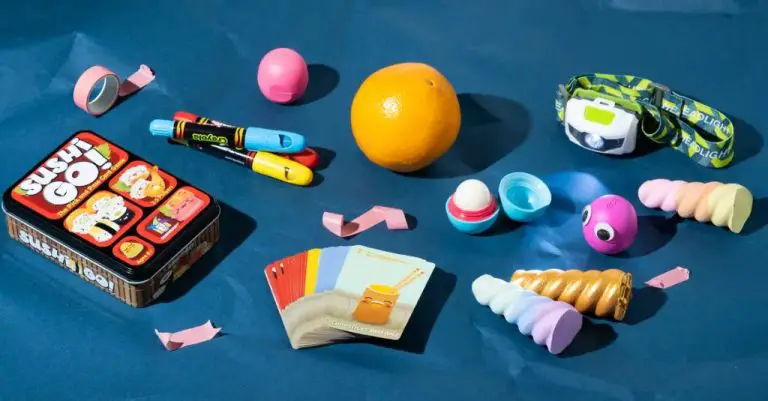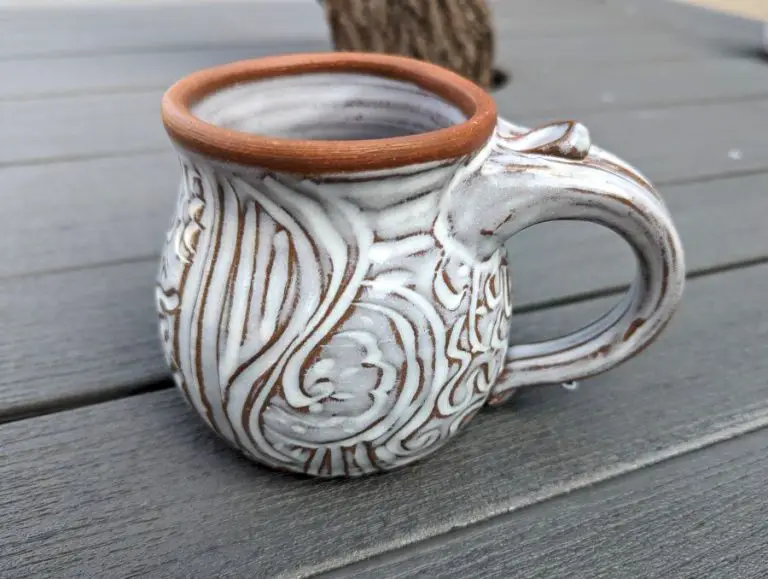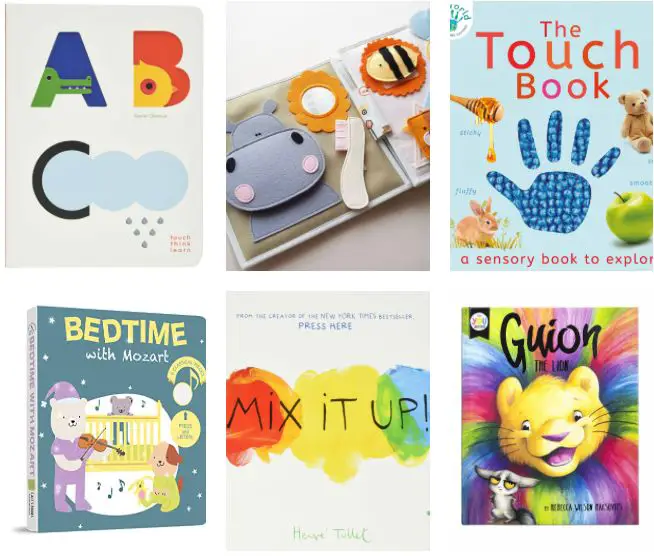What Is A Colorful Iced Sugar Skull Called?
Sugar skulls, also known as calaveras de azúcar, are brightly colored and decorated skull-shaped candies made from sugar. They are an important part of the Mexican celebration known as Día de Muertos, or Day of the Dead. Sugar skulls represent departed souls and are placed on altars known as ofrendas during the festivities to honor deceased loved ones. The name “calavera” means “skull” in Spanish.
The tradition of making sugar skulls for Day of the Dead originated in the 17th or 18th century, when the price of sugar dropped and it became more affordable. Indigenous people had long used skulls to represent death and rebirth. With sugar readily available, candymakers began shaping sugar into skulls to incorporate into the rituals around Mexico’s traditional Day of the Dead festivities, which blend Aztec and Catholic beliefs.
For Mexicans, sugar skulls carry powerful symbolism and represent a profound acceptance and embracing of death, rather than fear. They celebrate the lives of deceased loved ones and recognize death as a natural part of life’s cycle. The colorful decorations symbolize the vibrant lives of the departed.
Today, sugar skulls are used to decorate Day of the Dead altars and are given as gifts. Their happy and bright colors communicate joy and hope, and their sweetness reminds us even death can be sweet.
Origins
The origins of sugar skulls can be traced back to the ancient Aztec Empire of Mexico. Sugar skulls were originally known as calaveras de azúcar or sugar skulls in Spanish. According to the Mexican Sugar Skull website, clay molded sugar figures of angels, sheep and sugar skulls were crafted during the Colonial Period in the 18th century to decorate graveyards for the Day of the Dead (Dia de los Muertos) celebration (https://mexicansugarskull.com/pages/history-of-day-of-the-dead-dia-de-los-muertos).
Sugar skulls represented the soul of a departed loved one and were often decorated with the deceased’s name. The skulls were placed on the graves of the deceased along with food, flowers and other gifts. The Aztecs believed this would support the dead on their spiritual journey. Over time, sugar skulls evolved from simple white sugar to brightly colored and elaborately decorated skulls.
Day of the Dead
The Day of the Dead (Día de los Muertos) is a Mexican holiday celebrated in Mexico and elsewhere associated with the Catholic celebrations of All Saints’ Day and All Souls’ Day. The multi-day holiday involves family and friends gathering to pray for and remember friends and family members who have died.
Sugar skulls play an important role in Day of the Dead celebrations. These brightly decorated skulls are placed on altars set up to honor deceased loved ones during the celebrations. The name of the deceased is often written across the skull’s forehead. The skulls represent the soul of the departed and are intended to honor their memory and welcome their spirit back into the realm of the living on Día de los Muertos. Sugar skulls are also sometimes placed on the graves of the deceased.
The vibrant colors and designs of the sugar skulls relate to the celebratory nature of the holiday, which focuses more on honoring the life of the deceased rather than mourning their death. The skulls are meant to entice the deceased back to the realm of the living for the holiday celebrations through their bright colors and whimsical designs. Over time, sugar skulls have become an iconic symbol of the Day of the Dead.
(Source: https://mexicansugarskull.com/pages/history-of-day-of-the-dead-dia-de-los-muertos)
Decoration
Sugar skulls are often elaborately decorated with icing, glitter, beads, feathers, and other ornamentation. The most common decorative element is colored icing. Royal icing is commonly used as it hardens well for details and decorations. The icing can be dyed many bright colors like vibrant pinks, oranges, greens, purples, and yellows. intricate designs and patterns are drawn on the skull using piping bags and icing tips. Common motifs include flowers, vines, spiderwebs, dots, zigzags, spirals, and checkerboard shapes. Sequins, plastic gems, and glitter are often added for sparkle. Names or initials may be piped onto the forehead of the skull. Tiny candies and sweets like sprinkles, mini M&M’s, and beads may be attached to add pops of color and whimsy. Some artists will attach larger decorations like feathers, fabric roses, or ric rac trim for drama. The decorations on sugar skulls are part of what make them such a stunning folk art.
According to the article “How to Decorate Sugar Skulls: Techniques, Ideas & Tips …” on the site Art is Fun, “Another easy technique to decorate your sugar skulls is to dab a bit of icing on the sugar skull and then press a rhinestone or sequin into it, like the row of sequins on this sugar skull’s forehead.”
Calavera
A calavera is a decorated sugar skull that is used during the Mexican and Latin American holiday Día de Muertos, or Day of the Dead. Calaveras are made of sugar or clay and are decorated with colorful designs, feathers, beads, and foil (Calavera – Wikipedia).
The term calavera means “skull” in Spanish. Calaveras represent the deceased and are placed on altars known as ofrendas during Día de Muertos celebrations. They are created to honor the life of someone who has passed away. The decorative designs and colors reflect the personality or profession of the deceased (AZCentral).
The sugar skull or calavera has become an iconic symbol and art form associated with the Día de Muertos holiday. They originated as gifts made of sugar that were given to children during the celebrations. Over time, calaveras evolved into elaborately decorated sugar skulls that play a key role in Day of the Dead altars and decorations.
Colors
The bright, vibrant colors used to decorate sugar skulls hold deep meaning. Each color symbolizes an aspect of Mexican cultural traditions around Day of the Dead:
Red represents the blood of life. It is the color of passion and is often used on sugar skulls to honor a loved one’s vibrancy and energy.
Orange symbolizes the sun and light. It brings warmth and happiness to the deceased on their spiritual journey.
Yellow signifies marigolds, which are the traditional Day of the Dead flowers used to decorate altars and gravesites. Yellow conveys respect and hope.
Purple represents grief, mourning, and pain. It acknowledges the sadness of death.
Pink conveys hope, celebration, and purity. It is used to honor femininity and child spirits.
Black is the color of the Land of the Dead. It shows the darkness where souls travel after death.
White represents purity and hope. It is seen as the color of the spirit, guiding souls to the afterlife.
Overall, the vibrant colors reflect the joyful spirit of Day of the Dead festivities and the deeply meaningful symbols of Mexican cultural traditions.
Making Sugar Skulls
Sugar skulls are often made using a simple mixture of granulated sugar, meringue powder, and water. The ingredients are combined together until a wet, sand-like consistency is achieved that can be easily molded. Many sugar skull recipes call for adding a small amount of cream of tartar or lemon juice to help stabilize the mixture.
To make sugar skulls, the sugar mixture is pressed into skull shaped molds. Skull molds can be purchased from craft stores or specialty baking supply stores, especially around Halloween. The skulls are packed tightly into the molds, pressing the mixture firmly to fill in all the details and features of the mold.
Once molded, the sugar skulls are allowed to dry completely, which can take 12-24 hours. When dry, the sugar skulls can be popped out of the molds. Details like the nose, eyes, and decorative designs are often painted on using edible glitter, food coloring gels or icing. The finished sugar skulls are incredibly delicate creations.
While specialty molds make shaping easier, it is also possible to hand form sugar skulls without a mold. The mixture can be pressed into a basic skull shape, then details can be added using toothpicks or small tools. This method requires some artistry, but allows for custom designs.
Modern Relevance
Sugar skulls have gained increasing mainstream popularity and use beyond Mexico in recent years. While their origins lie in honoring deceased loved ones for Day of the Dead, sugar skulls today are appreciated more broadly as a colorful folk art and symbol.
In the United States, sugar skulls emerged as a pop culture trend in the 1990s and 2000s. Their bold designs and themes of remembrance and mortality appealed to the Gothic, punk, and tattoo subcultures. Sugar skull imagery became fashionable and was incorporated into clothes, jewelry, and tattoos (https://muertolandia.com/blogs/news/what-does-the-sugar-skull-represent).
The growth of Mexican American communities and Day of the Dead celebrations in the US also contributed to sugar skulls’ expanding visibility. Major cities like Los Angeles and Houston now host large Day of the Dead festivals featuring calavera art and costumes (https://www.nationalgeographic.org/media/dia-de-los-muertos/). As more Americans encounter and appreciate the tradition, its emblematic skulls retain deep meaning while also becoming an artistic style.
Cultural Appreciation
Sugar skulls have become quite popular outside of Mexican culture, which raises some questions around cultural sensitivity. While some argue that non-Mexicans using sugar skull imagery could be seen as cultural appropriation, many Mexican people view it as cultural appreciation if done respectfully.
As one Reddit user explains, “It’s cultural appreciation. Same thing if someone Hispanic loved kimonos. This idea that every culture can only enjoy things from their own culture is just silly in my opinion.” (Source)
The key is understanding and honoring the meaning behind sugar skulls in Mexican culture. They represent a connection between the living world and the spiritual world during Dia de los Muertos celebrations. Using imagery without respecting that meaning could be seen as insensitive.
Overall, most Mexicans appreciate others taking an interest in their culture. Sugar skull designs can be a beautiful way to do that, as long as they are not used in a disrespectful or mocking manner.
Conclusion
Sugar skulls hold a special place in Mexican and Latin American culture, specifically during the annual Day of the Dead celebrations. Known as calaveras, these decorative skulls are a prominent symbol of remembering and honoring deceased loved ones. The origins of sugar skulls date back centuries, with indigenous cultures decorating skulls for rituals. Today, calaveras come in a rainbow of vibrant colors and designs, often with names written on the forehead. The process of making sugar skulls also carries cultural meaning, passed down through generations as a way to celebrate life and death. While sugar skulls have become more commercialized globally, they still represent an important tradition for Mexican families during Dia de los Muertos festivities, reminding us all to both cherish our loved ones here on earth, and to remember those who came before us.




